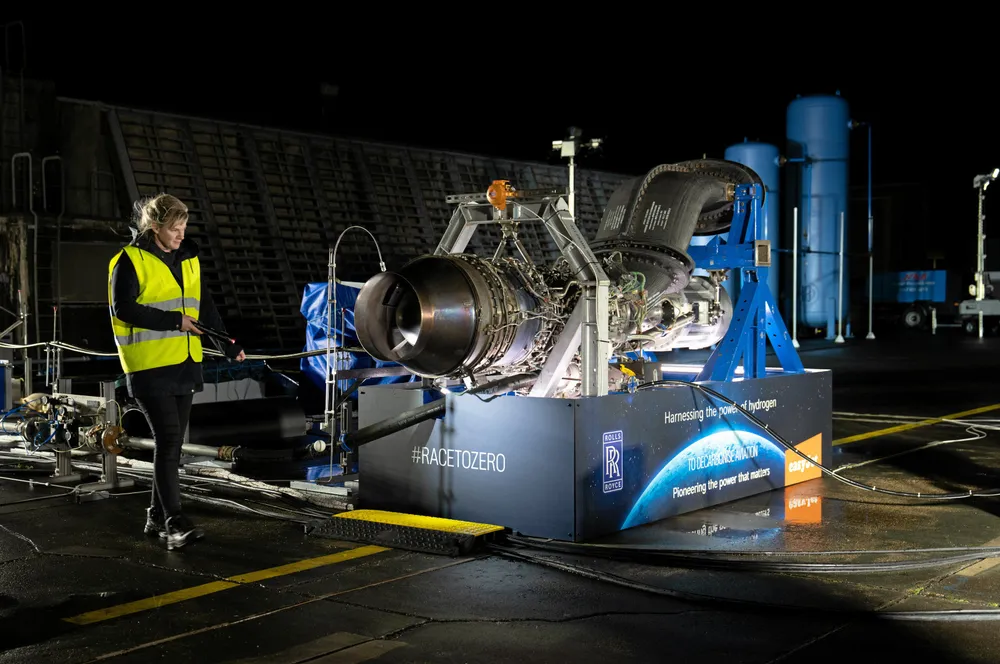‘World first’ | Rolls-Royce and EasyJet successfully test hydrogen-powered aircraft engine
Ground test on converted turboprop engine 'marks a major step towards proving hydrogen could be a zero-carbon aviation fuel of the future', companies declare

Ground test on converted turboprop engine 'marks a major step towards proving hydrogen could be a zero-carbon aviation fuel of the future', companies declare
